Mercury Motion was established in 2009. It is a high-tech enterprise integrating R&D, production and sales of various coreless motor size 408,coreless motor drone,coreless motor speed control,coreless motor gears,coreless motor esc,coreless motor speed controller,coreless motor inside.Products are widely used in electrical devices, medical equipment, intelligent security, household appliances, western kitchen equipment, machinery and electronics and other high-end transmission structures, products are exported to more than 50 countries and regions at home and abroad.It has accumulated more than ten years of successful cases experience in the motor field, providing customers with perfect overall transmission mechanism solutions.
Product name
| coreless motor esc
| Keyword
| coreless motor size 408,coreless motor drone,coreless motor speed control,coreless motor gears,coreless motor esc,coreless motor speed controller,coreless motor inside
| | Place of Origin | China | Rated
| DC 5V
| Type
| GEAR MOTOR
| Total length
| 73.4-63.6mm, (Contact us for specific information to confirm)
| Applicable Industries
| electrical devices, etc.
| Weight
| 10kg
| Product Description
| A gear motor is a type of motor that incorporates gears into its design to achieve a specific speed and torque output. It typically consists of a motor, a gearbox, and a series of gears that work together to control the motor's speed and power.
| Life span
| 14 years (Contact us for specific information to confirm)
| Advantage
| We keep good quality and competitive price to ensure our customers benefit
| Packing
| 101x88x64mm(Contact us for specific information to confirm)
| Sales country
| All over the world for example:Turks and Caicos Islands,Saint Lucia,Oman,Denmark,Jan Mayen,Vanuatu
| Certification
| ISO9001
| color
| black/grey
| MOQ
| 39pcs(Contact us for specific information to confirm)
|
Please contact us for details about Precision Motors
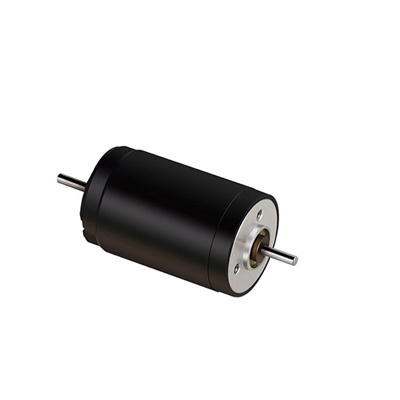
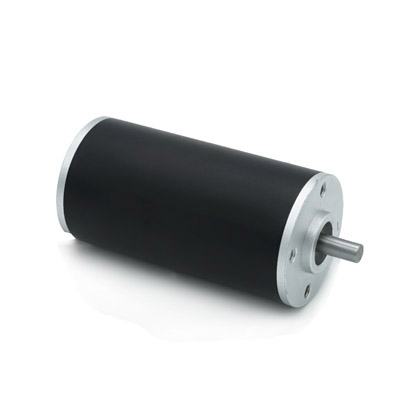
For more information about GM Planetary Gear Motors, please contact us. 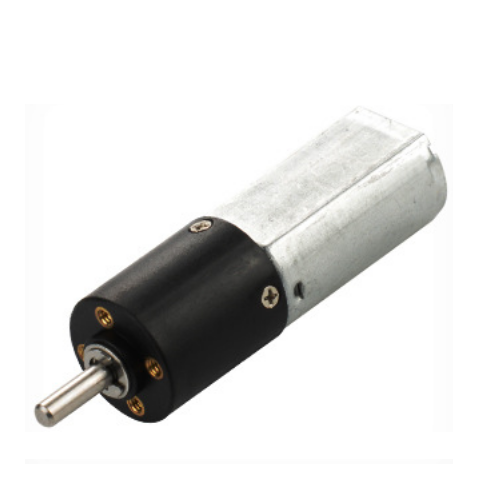
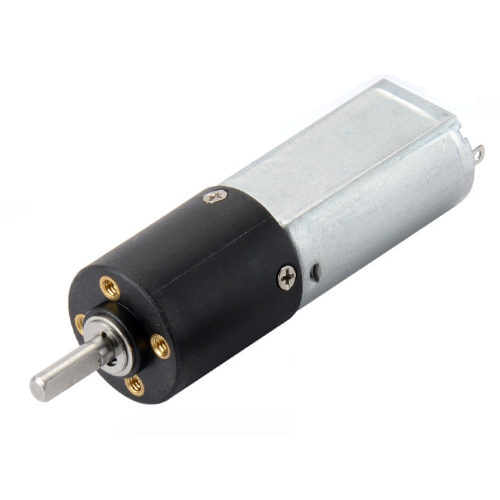
Please contact us for details about Spur Gear Motors 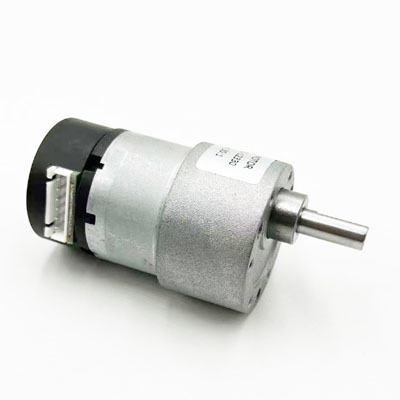
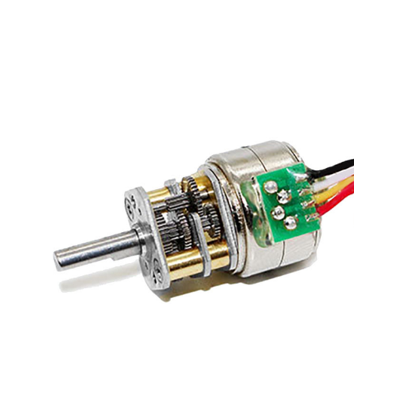
coreless motor esc services FAQs Guide
Are you looking for a quick review guide about coreless motor escservices?
An ultimate FAQ buying guide is available to help you.This guide contains all the information about all the important facts, figures, and various processes regarding coreless motor esc services.
Let’s continue!
1.What types of bearings are typically used in gear motors?
2.Can gear motors be used in harsh environments?
3.Can gear motors be used in high-speed applications?
4.How does the gear design affect the performance of a gear motor?
5.What are the different types of gear motors available?
6.Do gear motors have any limitations on direction of rotation?
7.Can gear motors handle varying load demands?
8.How does the speed of a gear motor affect its torque?
9.How does the gear ratio affect the performance of a gear motor?
10.How do you calculate the gear ratio for a gear motor? 1.What types of bearings are typically used in gear motors? We adhere to the principle of integrity and transparency, and establish long -term relationships with partners, and we attach great importance to this detail.
1. Ball bearings: These are the most common type of bearings used in gear motors. They consist of a series of balls held in place by a cage, which allows for smooth rotation and reduced friction.
2. Roller bearings: These bearings use cylindrical rollers instead of balls to reduce friction and support heavy loads. They are commonly used in high-speed gear motors.
3. Tapered roller bearings: These bearings have tapered rollers that are designed to handle both radial and axial loads. They are commonly used in gear motors that require high precision and durability.
4. Needle bearings: These bearings use long, thin rollers to support heavy loads and reduce friction. They are commonly used in gear motors with limited space.
5. Thrust bearings: These bearings are designed to handle axial loads and are commonly used in gear motors that require high thrust capacity.
6. Spherical roller bearings: These bearings have a spherical outer raceway, which allows for misalignment and can handle heavy radial loads. They are commonly used in gear motors that operate at high speeds.
7. Cylindrical roller bearings: These bearings use cylindrical rollers to support heavy radial loads and are commonly used in gear motors with high radial load requirements.
8. Bushings: These are simple bearings that consist of a smooth cylindrical or spherical surface that allows for rotation with minimal friction. They are commonly used in low-speed gear motors.
9. Plain bearings: These bearings have a smooth surface that allows for sliding motion and are commonly used in gear motors that require low friction and high precision.
10. Magnetic bearings: These bearings use magnetic fields to support the rotating shaft and eliminate the need for physical contact. They are commonly used in high-speed gear motors that require low friction and high precision. 2.Can gear motors be used in harsh environments? We have flexible production capacity. Whether you are large orders or small orders, you can produce and release goods in a timely manner to meet customer needs.
Yes, gear motors can be used in harsh environments, but it is important to choose the right type of gear motor for the specific environment. For example, gear motors with sealed housings and corrosion-resistant materials are better suited for outdoor or wet environments, while gear motors with high temperature ratings are better for use in hot environments. It is also important to regularly maintain and lubricate gear motors used in harsh environments to ensure their longevity and performance. 3.Can gear motors be used in high-speed applications? We are a new coreless motor esc manufacturer.
Yes, gear motors can be used in high-speed applications. However, the speed of the motor will depend on the gear ratio and the motor's maximum speed. It is important to select a gear motor with a suitable gear ratio and maximum speed for the specific high-speed application. Additionally, the motor should be properly lubricated and maintained to ensure optimal performance at high speeds. 4.How does the gear design affect the performance of a gear motor? We have a first -class management team, and we pay attention to teamwork to achieve common goals.
The gear design plays a crucial role in determining the performance of a gear motor. Some of the ways in which the gear design affects the performance are:
1. Speed and Torque: The gear design determines the speed and torque output of the gear motor. A gear motor with a higher gear ratio will have a lower speed but higher torque output, while a gear motor with a lower gear ratio will have a higher speed but lower torque output.
2. Efficiency: The gear design also affects the efficiency of the gear motor. A well-designed gear system can minimize friction and maximize power transfer, resulting in higher efficiency.
3. Noise and Vibration: The gear design can also impact the noise and vibration levels of the gear motor. A poorly designed gear system can produce excessive noise and vibration, leading to reduced performance and increased wear and tear.
4. Load Capacity: The gear design also determines the load capacity of the gear motor. A gear motor with a robust and well-designed gear system can handle heavier loads without compromising its performance.
5. Durability: The gear design can also affect the durability of the gear motor. A well-designed gear system can withstand high levels of stress and wear, resulting in a longer lifespan for the gear motor.
Overall, the gear design is a critical factor in determining the performance, efficiency, and durability of a gear motor. A well-designed gear system can significantly improve the overall performance of the gear motor, while a poorly designed one can lead to various issues and reduce its effectiveness. 5.What are the different types of gear motors available? Being one of the top coreless motor esc manufacturers in China, We attach great importance to this detail.
1. DC Gear Motors: These motors use direct current (DC) power supply and are commonly used in applications that require precise speed control and high torque.
2. AC Gear Motors: These motors use alternating current (AC) power supply and are commonly used in industrial and commercial applications.
3. Stepper Gear Motors: These motors use a series of electromagnetic coils to rotate the motor shaft in small, precise steps. They are commonly used in robotics and automation applications.
4. Servo Gear Motors: These motors use a closed-loop control system to accurately control the speed and position of the motor shaft. They are commonly used in industrial and robotic applications.
5. Worm Gear Motors: These motors use a worm gear mechanism to reduce the speed of the motor and increase the torque output. They are commonly used in heavy-duty applications.
6. Planetary Gear Motors: These motors use a planetary gear system to achieve high torque and precise speed control. They are commonly used in robotics, automation, and automotive applications.
7. Helical Gear Motors: These motors use helical gears to achieve high efficiency and smooth operation. They are commonly used in industrial and commercial applications.
8. Bevel Gear Motors: These motors use bevel gears to transfer power between two intersecting shafts. They are commonly used in applications that require a change in direction of the motor shaft.
9. Spur Gear Motors: These motors use spur gears to transfer power between parallel shafts. They are commonly used in low-speed, high-torque applications.
10. Rack and Pinion Gear Motors: These motors use a rack and pinion mechanism to convert rotational motion into linear motion. They are commonly used in applications such as elevators and CNC machines. 6.Do gear motors have any limitations on direction of rotation? We pay attention to user experience and product quality, and provide the best product quality and lowest production cost for cooperative customers.
Yes, gear motors have limitations on the direction of rotation. The direction of rotation is determined by the design and arrangement of the gears within the motor. Some gear motors may have a fixed direction of rotation, while others may have the ability to rotate in both clockwise and counterclockwise directions. The direction of rotation can also be controlled by the motor's wiring and electrical connections. 7.Can gear motors handle varying load demands? We have been working hard to improve service quality and meet customer needs.
Yes, gear motors are designed to handle varying load demands. The gear ratio of the motor allows it to provide the necessary torque to handle different load demands. Additionally, some gear motors have adjustable speed and torque settings, making them even more versatile in handling varying load demands. 8.How does the speed of a gear motor affect its torque? We should perform well in market competition, and the prices of coreless motor esc products have a great competitive advantage.
The speed of a gear motor does not directly affect its torque. Torque is a measure of the rotational force produced by the motor, while speed is a measure of how fast the motor can rotate. However, the gear ratio of the motor can indirectly affect its torque. A higher gear ratio means that the motor will have more torque but a lower speed, while a lower gear ratio means that the motor will have less torque but a higher speed. This is because the gear ratio determines the mechanical advantage of the motor, which is the ratio of the output torque to the input torque. Therefore, the speed of a gear motor can be adjusted by changing the gear ratio, which will in turn affect its torque. 9.How does the gear ratio affect the performance of a gear motor? We pay attention to the transformation of intellectual property protection and innovation achievements. Your OEM or ODM order design we have a complete confidentiality system.
The gear ratio of a gear motor refers to the ratio of the number of teeth on the input gear to the number of teeth on the output gear. This ratio has a significant impact on the performance of the gear motor in terms of speed, torque, and efficiency.
1. Speed: The gear ratio determines the speed at which the output shaft of the gear motor rotates in relation to the input shaft. A higher gear ratio means that the output shaft will rotate at a slower speed compared to the input shaft. This is because the output gear has fewer teeth than the input gear, resulting in a lower rotational speed. On the other hand, a lower gear ratio will result in a higher output speed.
2. Torque: The gear ratio also affects the torque output of the gear motor. Torque is the rotational force produced by the motor, and it is directly proportional to the gear ratio. A higher gear ratio will result in a higher torque output, while a lower gear ratio will result in a lower torque output. This is because a higher gear ratio allows the motor to multiply the torque from the input shaft to the output shaft.
3. Efficiency: The gear ratio also plays a role in the efficiency of the gear motor. In general, a higher gear ratio will result in a lower efficiency, while a lower gear ratio will result in a higher efficiency. This is because a higher gear ratio requires more gear teeth to mesh, resulting in more friction and energy loss. On the other hand, a lower gear ratio requires fewer gear teeth to mesh, resulting in less friction and higher efficiency.
In summary, the gear ratio of a gear motor has a significant impact on its performance, with higher gear ratios resulting in slower speed, higher torque, and lower efficiency, and lower gear ratios resulting in higher speed, lower torque, and higher efficiency. The appropriate gear ratio for a gear motor will depend on the specific application and the desired performance requirements.
10.How do you calculate the gear ratio for a gear motor? Our products & services cover a wide range of areas and meet the needs of different fields.
The gear ratio for a gear motor can be calculated by dividing the number of teeth on the driven gear (the gear attached to the output shaft) by the number of teeth on the driving gear (the gear attached to the motor shaft). This can be expressed as a ratio, such as 2:1 or 3:1, or as a decimal, such as 0.5 or 0.33.
For example, if the driven gear has 20 teeth and the driving gear has 10 teeth, the gear ratio would be 20/10 = 2:1 or 20 ÷ 10 = 2. This means that for every one revolution of the motor shaft, the output shaft will make two revolutions.
It is important to note that the gear ratio only takes into account the number of teeth on the gears and does not consider the size or diameter of the gears. The size of the gears can also affect the overall speed and torque of the gear motor.
|


